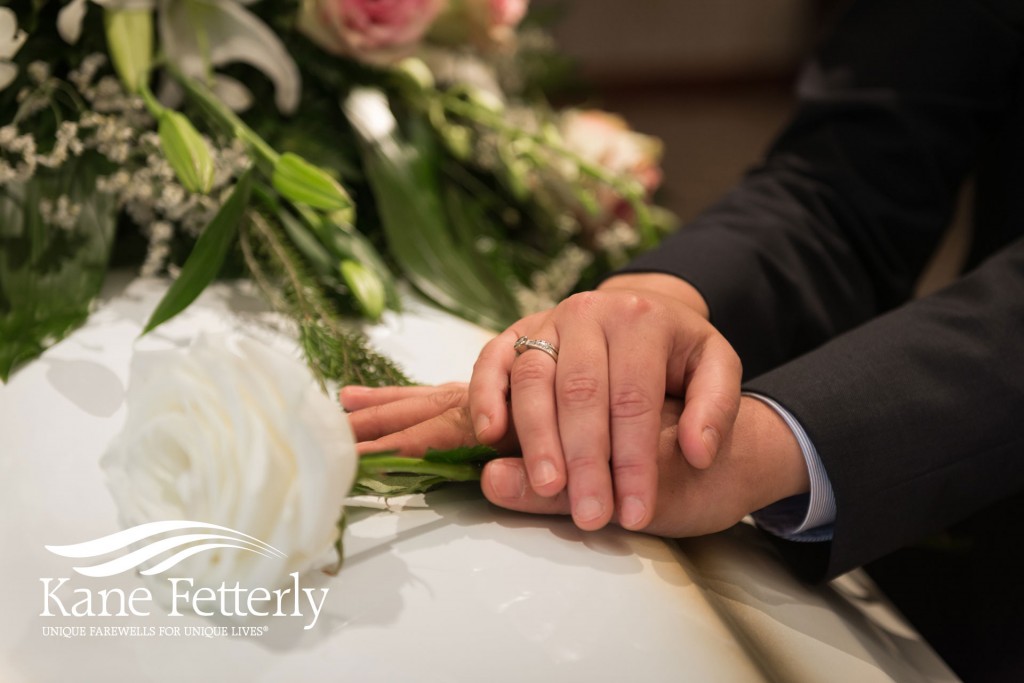
Most people have heard the old saying “seeing is believing”… but many people have also lived through a life experience which gave them a deep, emotional understanding of this simple phrase.
Did you ever need to see to believe?
Consider what happens when a parent receives a call from their child’s school saying their child has been hurt in the schoolyard. They’re told that the child is ok, but still, they’ll spend the rest of their work day counting the minutes… waiting to see their child… because seeing is believing.
Consider what happened to American society when the planes flew into the twin towers on September 11th, 2001. Within minutes of hearing the news, televisions across the country were turned on as people watched the videos repeatedly. They have estimated that over 90% of Americans saw the videos on the first day. Many people had the TV on all day, watching the videos repeatedly, trying to grasp the magnitude of the moment, trying to come to grips with the trauma… because seeing is believing.
Why do we need to see?
The burning desire to see is the natural human response to any traumatic event. Seeing the event, or seeing the aftermath of the event, makes the traumatic event real. It’s already real on an intellectual level as soon as we hear about the event, but to make it real emotionally, we must see it.
Psychologists tell us that all traumatic events introduce a certain amount of chaos into our lives and that the lingering effects of chaos are what most people call grief. They also tell us that the need to see is tied to our need to bring order out of chaos and, in doing so, to minimize the long-term grief that is associated with the traumatic event.
Seeing and Grief
Seeing the outcome of a traumatic event is a critical component of Acceptance. In fact, without seeing, it is extremely hard to get to the point of Acceptance or ever move to the point of experiencing emotional healing.
Consider the difference between the painful death of a loved one versus the disappearance of a loved one. With death and the reality of saying goodbye to your loved one, you can eventually move through grief, reach acceptance and, on some level, heal. But with a disappearance, there is no closure. You will experience grief, but you will never reach acceptance and closure. Instead, you will be bogged down in depression and, sometimes you will stay there for the rest of your life.
Seeing and Emotional Healing
A common point of debate in our culture today is whether there should be a public viewing of the body after the death of a loved one. Some people think that the viewing makes it even harder for the family. On the contrary, viewing the body is extremely important in moving through grief in a healthy way.
If someone you care about passes away, you can never avoid grief; you can only move through it. Seeing the remains of a loved one is an undeniable confirmation of the death. It prevents the mourner from staying stuck in a state of denial and empowers them to move forward through the grief process and eventually heal from the loss.
Witnessing the deceased’s final disposition is also critically important because it brings closure to the traumatic event. Whether it be the lowering of a casket into a grave, the placement of the urn into a niche, or the scattering of cremated remains, it is essential for everyone who has an emotional connection to the deceased to witness the final ceremony. We can only find closure and begin healing by experiencing this final goodbye ceremony firsthand.
Allowing Family and Friends Emotional Healing
Some people pre-planning their funerals wrongly assume that they are making it easier for their family by requesting no viewing of their remains. Sadly, they are making it harder for their family. Allowing their body to be present is their last meaningful gift to their loved ones. Their soul may have departed, but their earthly body will help those who remain to accept the loss and begin their journey toward emotional healing through the natural grief process.
Always remember…if someone you love passes away, you cannot avoid grief. Instead, you should reach out to others who can help you navigate this difficult time to honour their life, accept the loss and begin emotional healing.
Seeing is believing. And believing leads to emotional healing.
Kane & Fetterly – All rights reserved

